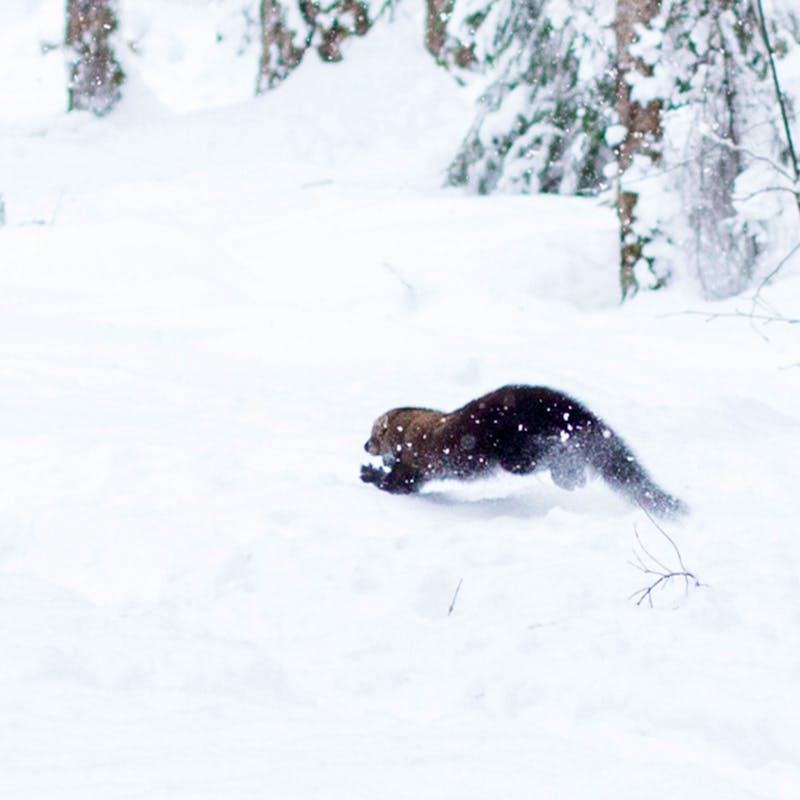
I’m an optimistic person. One has to be when trying to help Mexican gray wolves win their fight to survive.
Despite absurdly high rates of illegal killing and only 50 Mexican gray wolves, or lobos, living in the wild in the entire world, I still believe we can help bring them back from the brink extinction and put them on the road to recovery.
Many of us at Defenders, with the help of our members and supporters, have worked for years to improve the lobos’ chance at survival — helping ranchers live with wolves, serving as a watchdog over government policies that affect lobos, building public awareness and support for Mexican gray wolves, and going to court or to Congress when we need to.
One thing that’s been missing, however, is a valid recovery plan, the road map leading lobos to a full recovery and off of the Endangered Species List.
An Antique Recovery Plan
The existing recovery plan was written way back in 1982. It was supposed to be a placeholder for a more comprehensive, science-based document to be developed later. At the time, the plan’s authors couldn’t envision the future for a species with, at best, a handful of survivors in the wild.
I’m an optimistic person. One has to be when trying to help Mexican gray wolves win their fight to survive.
So instead of a full plan for recovery, they prescribed only the first step — a captive breeding program with the aim of eventually releasing the Mexican gray wolf back to its former haunts. In March 1998, the first 11 lobos were released into the wild in Arizona and New Mexico. But for almost 30 years, since 1982, the entire effort has limped along without a map to keep recovery on track.
Reason for Hope
Last week, a new recovery team met for the first time. Divided into sub-groups — scientists, agency liaisons, tribal liaisons and stakeholder liaisons — we’re charged with plotting a new course for Mexican gray wolves.
The scientists are absolutely first rate: thoughtful, smart and leaders in their fields. These experts in wolf biology, conservation biology, predator and prey dynamics, human dimensions research, genetics, and more will use the best scientific information available today to tell us what Mexican gray wolves need in order to recover. The other teams will provide pragmatic information about how the goals set by the scientists can best be reached.
In my optimistic view, we will argue without spite, support unbiased science and put the lobos safely back on the road to recovery.
I’m representing Defenders on the stakeholder team. We’re a diverse bunch, including ranchers, outfitters, community representatives and other conservation groups, all working side by side to plan the recovery of Mexican gray wolves. Together, we’ll learn about science and policy, ranching and eco-tourism, local businesses, and the Mexican gray wolf’s place in nature.
In my optimistic view, we will argue without spite, support unbiased science and put the lobos safely back on the road to recovery. There may be bumps and detours ahead, but at the very least, we’ll have a map to point the way. It is up to all of us who care about wolves to get this done right.



